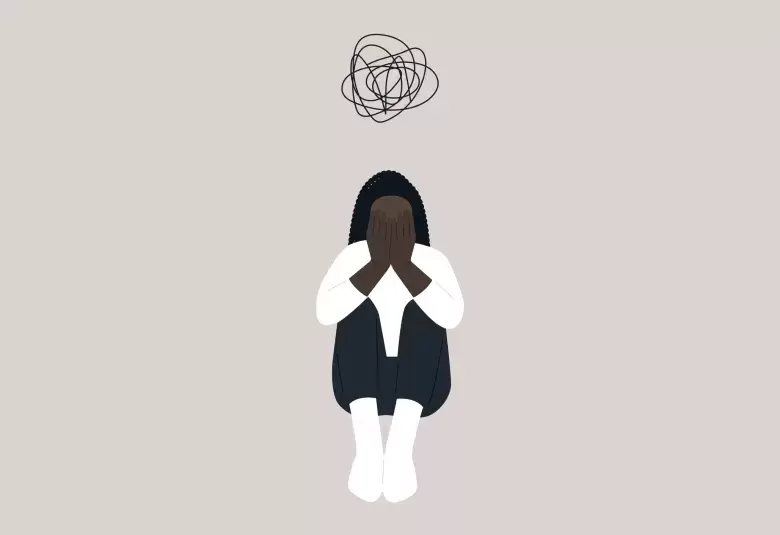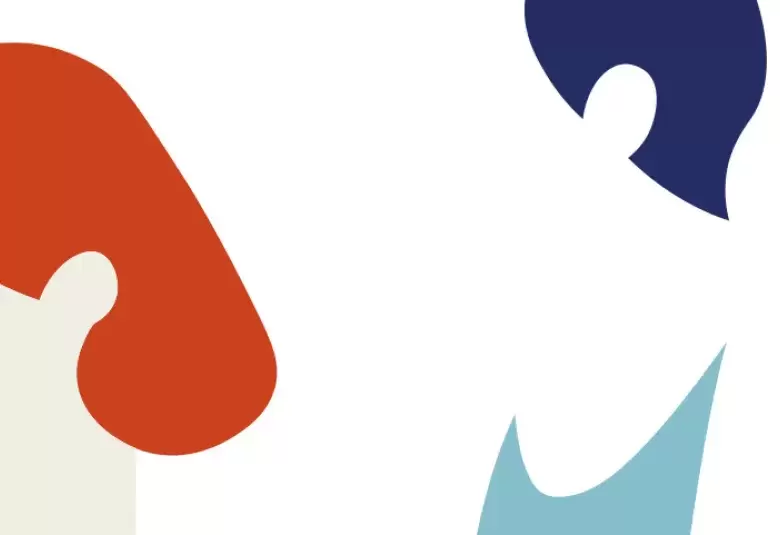The migraine treatment toolbox is expanding, and acute treatment options can now be matched to different types of attacks. How do clinicians help patients choose the right treatment for their different migraine attacks? asked Professor Jessica Ailani, Medstar Georgetown University Hospital, Washington D.C. at the Virtual Scottsdale Headache Symposium 2020.
Acute treatment for migraine toolbox
An effect on headache pain alone is not sufficient to grant a claim for the acute treatment of migraine1
The migraine toolbox contains not only the traditional specific and nonspecific therapies but also many new pharmacologic therapies and neuromodulation devices with many different mechanisms of action, said Professor Ailani.
But which treatment is best for which patient and for which attack?
Professor Ailani said that the decision should be based upon:
- the evidence base
- an individual patient’s migraine characteristics including variety of attacks
- potential barriers to prescribing
The evidence base—clinical trial endpoints and patient-reported outcomes
Moderate-to-severe pain must go to NO PAIN in 2 hours
Clinical trial endpoints to demonstrate efficacy have changed and this needs to be borne in mind when comparing current evidence with older evidence, said Professor Ailani.
In 2018, the US Food and Drug Administration (FDA) published new guidance for co-primary endpoints stating that an effect on headache pain alone is not sufficient to grant a claim for the acute treatment of migraine.1
The guidance aims to align study outcomes with the symptom(s) of most importance to patients by demonstrating an effect on both pain and the patient’s most bothersome symptom connected with the migraine attack—ie, nausea, photophobia or phonophobia.
Epidemiology studies have shown that photophobia is the most bothersome symptom for ∼50% of people with migraine,2 said Professor Ailani.
The most bothersome symptom is chosen from nausea, photophobia, or phonophobia
The two co-primary endpoints cited by the FDA for acute migraine therapeutic trials are:
- No headache pain 2 hours after dosing
- A demonstrated effect on the most bothersome migraine-associated symptom 2 hours after dosing1
Regardless of which is the most bothersome migraine-associated symptom, nausea, photophobia, and phonophobia, should all be assessed separately as secondary endpoints.1
Professor Ailani commented that the evidence base also needs to provide information on patient-reported outcomes such as return to normal function, satisfaction with treatment, and reduction in disability.3
Migraine and patient characteristics and barriers
New mechanisms of action may benefit patients experiencing issues with traditional therapies
Novel treatments have new mechanisms of action that target specific issues and concerns for patients, said Professor Ailani. For example, new treatments may be indicated for:
- patients experiencing adverse events or lack of efficacy with traditional therapies
- patients with cardiovascular disease or other comorbidities that might preclude use of traditional therapies
A potential barrier, however, can be cost for patients without insurance.
Our correspondent’s highlights from the symposium are meant as a fair representation of the scientific content presented. The views and opinions expressed on this page do not necessarily reflect those of Lundbeck.




